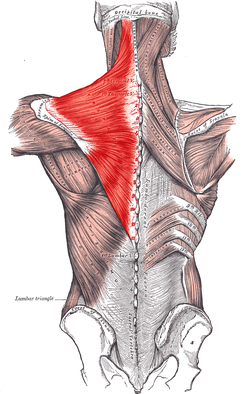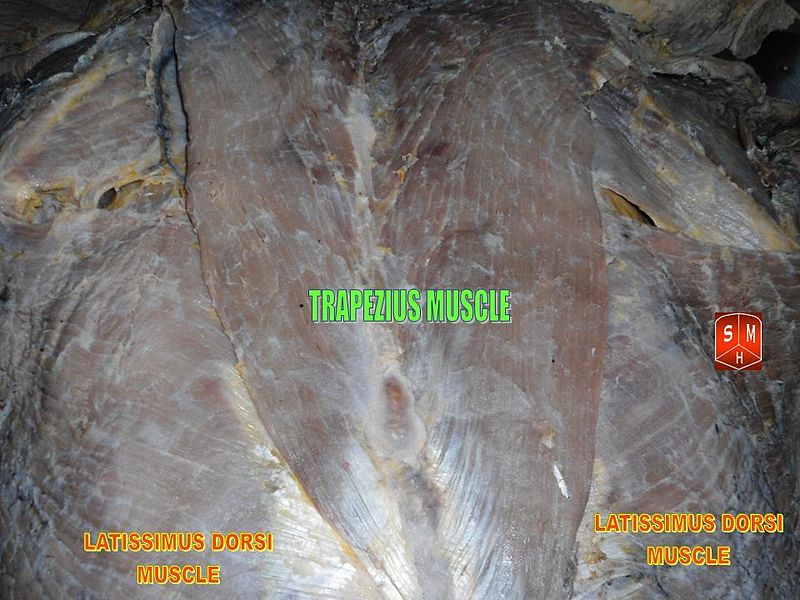
By: Michael A. Cohen, DAc, DC


For most people, it is quite a challenge to maintain good posture while sitting in anoffice chair and working for long hours in front of a computer. In fact, a surprising number of people sit at the front of their office chair andhunch forward in an attempt to get closer to their computer screen. The computer is a very potent ‘consciousness absorbing’ device – it takes the mind away from the body and keeps it focused on what’s on the screen instead.
This article reviews a simple, practical way to counteract this tendency to hunch forward and instead improve posture by keeping the body anchored to the back of the office chair.
Upright Posture
Both the abdominal muscles in the front of the spine and the back muscles in the back of the spine work to hold the body erect, like two elastic bands positioned on either side of the spine. Forward leaning posture – hunching forward while sitting in an office chair - distorts this balancing system and places considerable strain on the back.
To illustrate the amount of strain on the back, think of the example of balancing a stationary motorcycle upright so that it doesn’t tip over. If the motorcycle is properly balanced it can be held upright easily with one hand. Similarly, when one sits upright in an office chair, the abdominal and back muscles work in unison to maintain an erect posture with only minimal effort.
More Office Chair Info
However, if the motorcycle leans over a bit there is a significant difference in the amount of effort it takes to keep the bike from falling over to the ground. The more the motorcycle leans, the more effort is needed to keep it from falling over. Similarly, when people hunch forward while sitting on an office chair their back muscles have to work much harder to hold the body up and keep it from falling forward.
Simply put, leaning forward 30 degrees in an attempt to get closer to the computer screen puts 3 to 4 times more strain on the back, causing advanced wear and tear on the joint surfaces, the ligaments of the spine, and the discs located between the vertebrae1. The back muscles are also negatively affected as the continuous added strain causes them to tighten up, reducing optimal blood and nutrient flow to the back muscles. Over time this posture leads to the development of tight, rigid muscles and joints, which makes them more prone to injury.
One of the biggest misconceptions with sitting is that it doesn’t require any muscular effort. This is absolutely false. The back muscles are continuously working to maintain the body in an upright posture while sitting. And for those who sit in an office chair and work for long periods of time at a computer in a hunched forward posture, the structures in the back suffer considerable strain.
In This Article:
- Office Chair Advice
Technique to Avoid Hunching While Sitting in an Office Chair
To avoid the natural tendency to hunch forward while sitting in an office chair and working at a computer, this simple technique is fool-proof. Place a tennis ball between the middle back and the office chair on each side of the spine (See Figure 1). Holding the tennis ball (or similar ball) in place while sitting and working at a computer accomplishes three things:
- Because the mind senses the ball, it remains connected with the body instead of being completely absorbed by what is on the computer screen. Maintaining more awareness of the body allows one to more easily maintain better posture.
- By leaning back into the tennis ball an acupressure effect is created, which stimulates blood flow into the area and physically releases contracted muscle and connective tissue. The pressure of the ball also creates a central nervous system mediated analgesic effect that is somewhat similar to acupuncture, loosening tight areas while sitting in the office chair and getting work done2.
- Importantly, if one does get absorbed into work and starts to lean forward the tennis ball will fall out, serving as a concrete reminder to stop hunching forward and straining the back.











